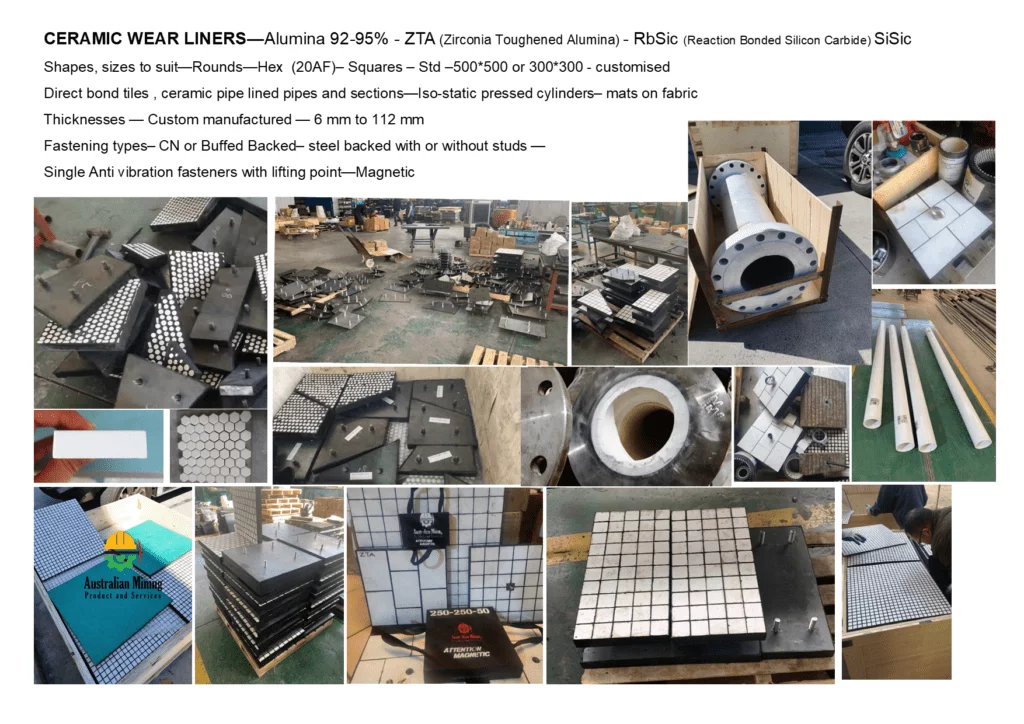- PROPERTIES OF CERAMICS
- Extreme hardness
- High wear resistance
- Extreme hardness can reduce the wear caused by friction
- Corrosion resistance
- Heat resistance
- Low electrical conductivity
- Low thermal conductivity
- Low thermal expansion
- Poor thermal shock resistance
- Low ductility
- Very brittle
- High elastic modulus
- Low toughness
- Low fracture toughness
- Indicates the ability of a crack or flaw to produce a catastrophic failure
- Low density
- Porosity affects properties
- High strength at elevated temperatures
- Comparison – Metals v Ceramics
Metals are solid substances, which are opaque and have excellent electric conductance. Metals have the property of ductility and malleability.
A non-metallic inorganic material made up of a mixture of metal and non-metal compounds is known as ceramic. Ceramic materials are brittle and hard by nature.
The differences between metal and ceramic are as follows:
- Ceramic materials are harder than metals and because of this, can be used to cut metals.
- Metals have a lower melting point than ceramic materials.
- Metals are typically ductile, and ceramics are brittle by nature.
- Metals can bend without breaking, but ceramics break on little deformation, as ceramics typically are brittle.
- Metals have the property of electrical conductivity, but ceramics do not conduct electricity.
- Metals pass heat through them as they are thermal conductors, while ceramics do not allow heat to pass through them as they are thermal insulators.
Examples of application of ceramics:
- Ceramics are used to cut metals.
- Ceramics are used to hold a molten state of the metal.
- Ceramics are used in turbocharger rotors.
Examples of application of metals:
- Metals are used to manufacture the utensils used in daily needs and machine components with complex geometries.
- Metals are used to make electric cables and transmission lines.
- Metals are used to make ornaments.
Definition
- Ceramic materials are inorganic, non-metallic materials and things made from them.
- They may be crystalline or partly crystalline.
- They are formed by the action of heat and subsequent cooling.
- Most ceramics are compounds between metallic and non-metallic elements for which the interatomic bonds are either ionic bonds or predominantly ionic but have the same covalent character.
- Clay was one of the earliest materials used to produce ceramics, but many different ceramic materials are now used in domestic, industrial, and building products.
- A wide-ranging group of materials whose ingredients are clays, sand, and feldspar
- The term “Ceramics” comes from the Greek word koromikos, which means “Burnt stuff or drinking vessel”, indicating that desirable properties of these materials are normally achieved through a high-temperature heat treatment process called Firing, but was later applied by the Greeks to all fired clay products.
- SPECTRUM OF CERAMICS USES – https://www.explainthatstuff.com/ceramics.html

